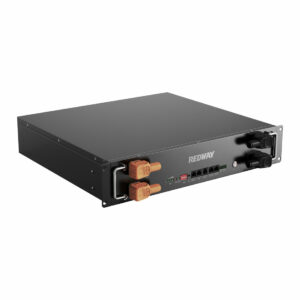Are battery backups worth it?
Battery backups are worth the investment for ensuring uninterrupted power in critical applications like healthcare, data centers, and homes prone to outages. Modern lithium-based systems offer energy density, low maintenance, and integration with renewable sources like solar. Brands like FranklinWH now provide 15-year warranties, enhancing long-term value. While upfront costs exist, benefits include reduced downtime, energy bill savings via time-of-use optimization, and environmental advantages over generators.
What defines a reliable home battery backup?
Reliable home backups prioritize safety certifications (UL 9540), ≥5kW power output, and ≥10kWh capacity. Key factors include lithium chemistry stability and smart energy management via apps. For example, FranklinWH’s aGate 2 system automates solar charging during off-peak hours. Pro Tip: Always verify surge wattage ratings—high-startup devices like AC units require 3x rated power.

Transitioning from traditional generators, modern battery backups eliminate fuel dependence while providing silent operation. Beyond basic outage protection, advanced models like FranklinWH’s aPower 2 enable time-of-use arbitrage, potentially cutting electricity bills by 40% in peak-rate regions. Practically speaking, a 10kWh system can power essentials (fridge, lights, router) for 12–18 hours. But what about extreme weather resilience? Look for IP55-rated enclosures and -20°C to 50°C operating ranges. One analogy: Think of battery backups as insurance policies—you hope never to need them, but their value becomes undeniable during crises.
How do solar-integrated backups enhance value?
Solar integration transforms backups into ROI-positive assets by storing excess daytime generation. Systems like FranklinWH’s aGate 2 prioritize solar charging before grid power, maximizing self-consumption. With 60MWh throughput warranties, these setups often pay for themselves within 7–10 years in sunny climates.
Beyond emergency use, solar-coupled batteries enable energy independence during grid failures. For instance, California’s frequent wildfire-related blackouts make solar-storage systems indispensable. Transitionally, such systems require hybrid inverters compatible with both AC coupling and high-voltage DC inputs. Pro Tip: Size your battery to 150% of daily solar production to account for seasonal variations. A real-world example: A 13.5kWh battery paired with 8kW solar panels can sustain a 2,000 sq.ft home indefinitely in summer.
| Feature | Solar Backup | Grid-Only Backup |
|---|---|---|
| Payback Period | 6–12 years | 15–20 years |
| Outage Runtime | Unlimited (sunny) | 8–48 hours |
RackBattery Expert Insight
FAQs
Do battery backups require professional installation?
Yes—incorrect wiring of 48V+ systems risks arc flashes. Certified installers ensure proper grounding and NEC-compliant emergency disconnect placement.
Can backups power entire homes?
Only with proper load management. Most 10kWh systems support partial home circuits; whole-house coverage needs 30kWh+ and soft-start compatible HVAC.
How often do batteries need replacement?
Quality LFP units last 15+ years with 80% capacity retention. Avoid lead-acid types requiring replacement every 3–5 years.



